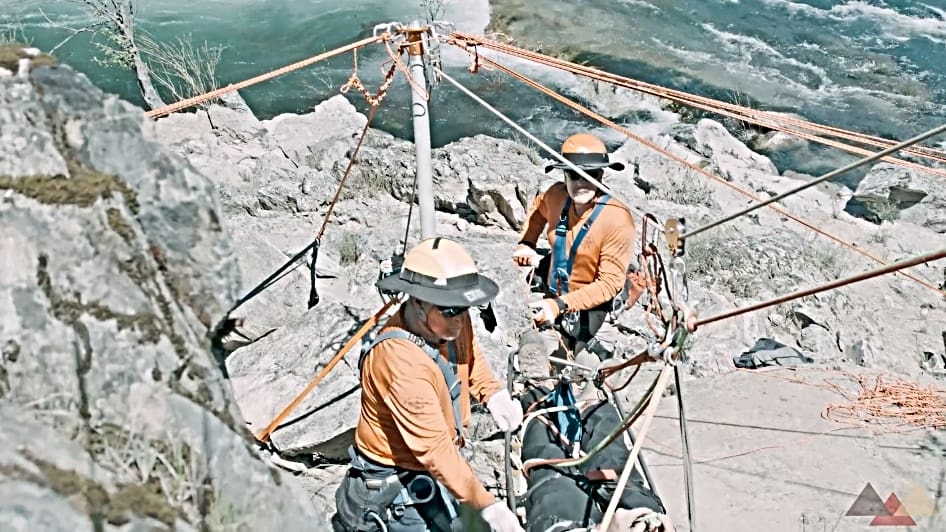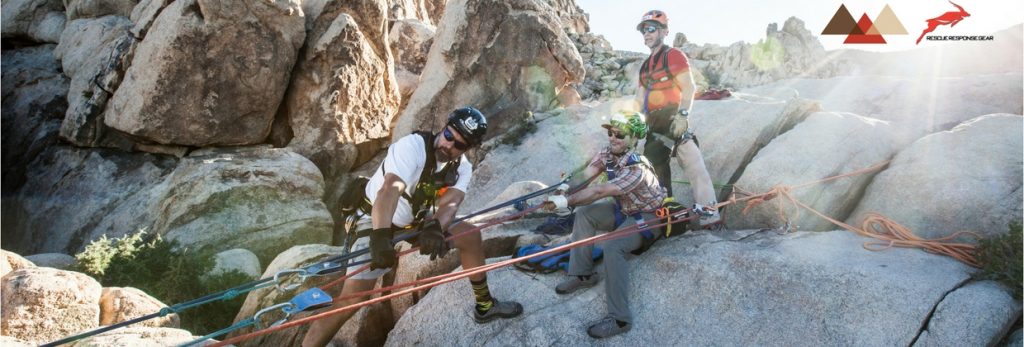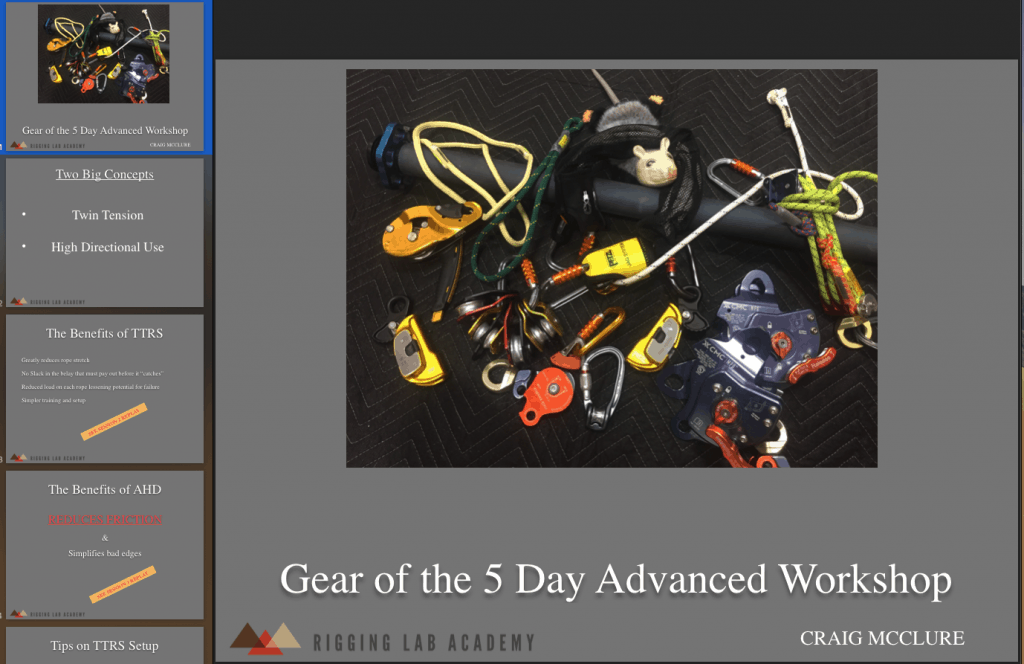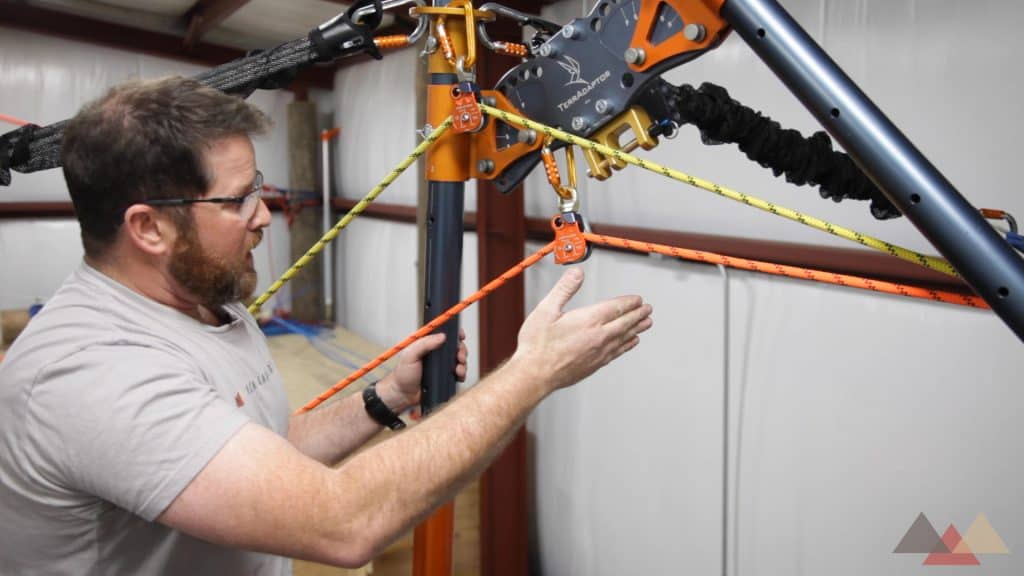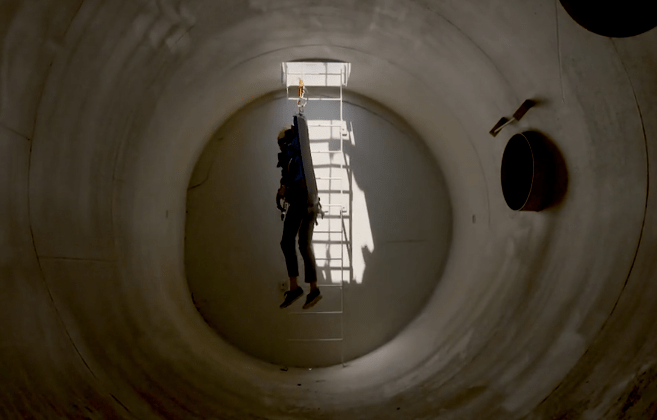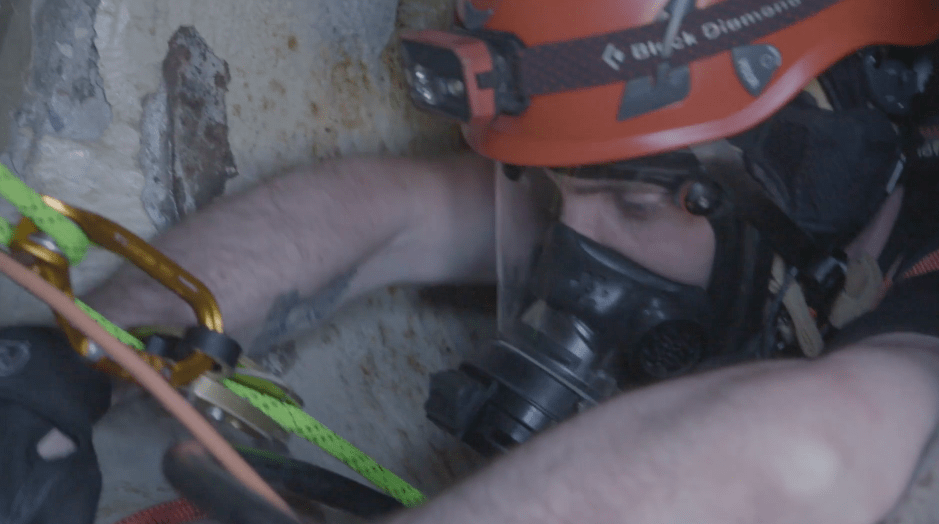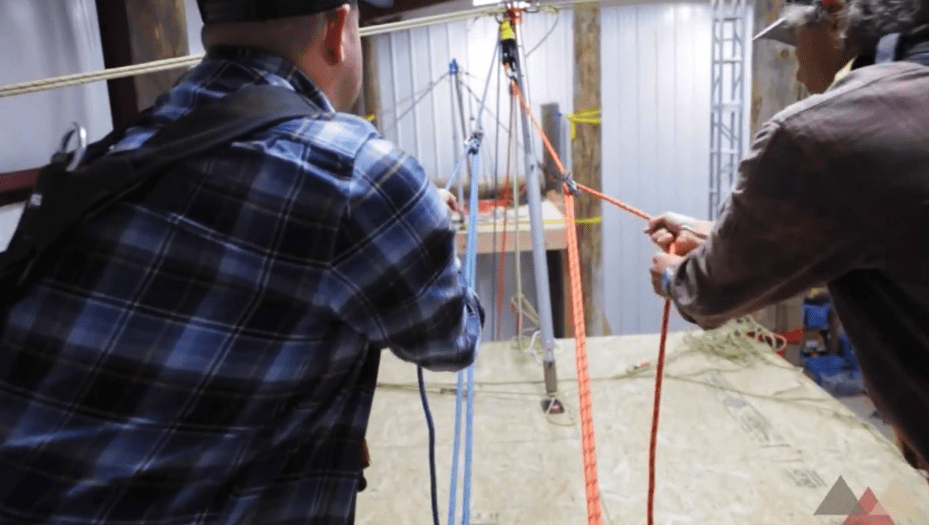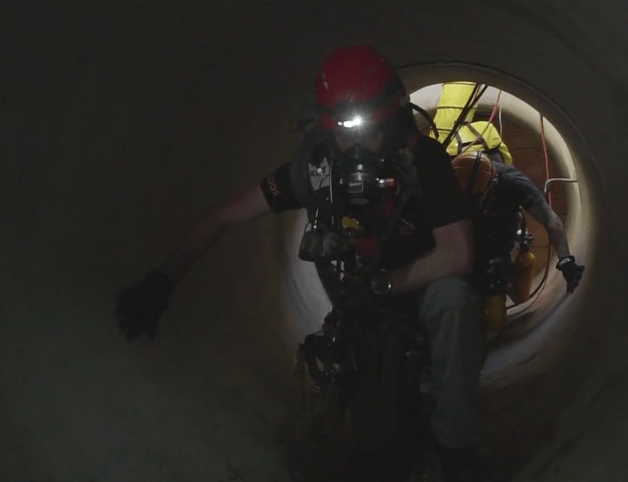Two Rope Tension System A-Frame Resultant Insight, Part 2
To review, this simplest way to make sure it’s stable is to visualize your resultants and make sure they’re landing within the footprint of your system. Then provide some guying for stability and the insurance that in the event that someone should change, you’ll still be stable. You may find situations — and we’ll show …
Two Rope Tension System A-Frame Resultant Insight, Part 2 Read More »


